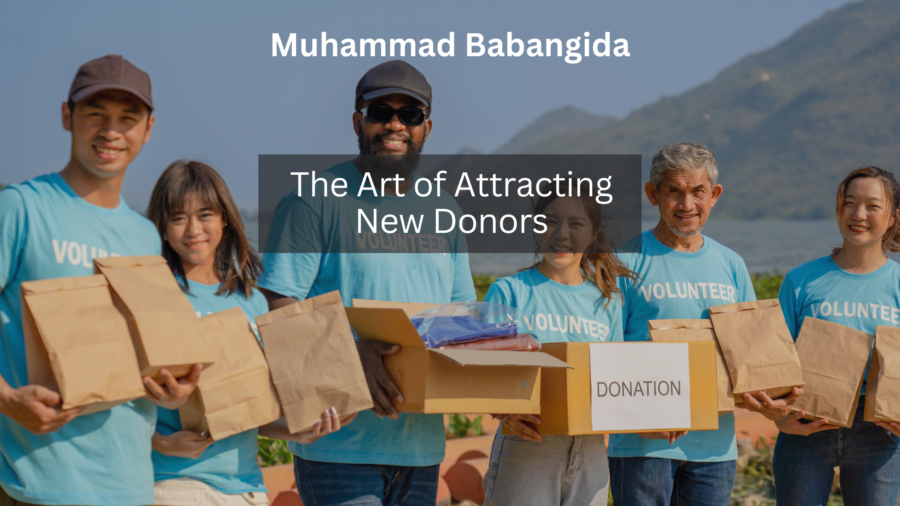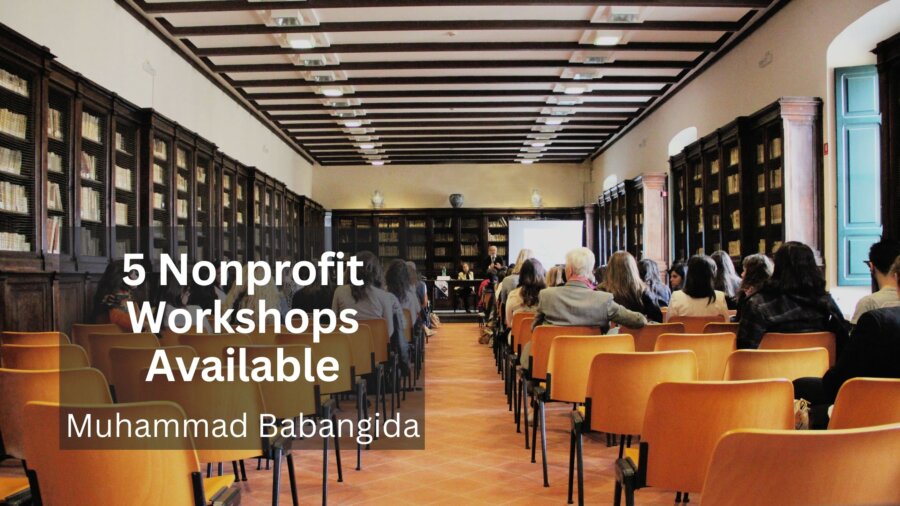Fundraising tools, like HootSuite, GreaterGiving, Springly, and GoFundMe, are designed to help organize and streamline the various steps involved in running a successful fundraising campaign. They can also minimize the amount of work your staff members must do to make the event successful.
Although there are many different fundraising tools, it’s important to note that some are comprehensive and can help you run a successful campaign. Others, however, are simpler and only provide a few features that allow you to manage a small amount of activity.
One of the most critical steps you can take is to organize an open forum for your organization’s staff members to discuss the various aspects of running a successful campaign.
One of your group members will be able to look into the various companies that offer these services and find out which will work best for your organization. Brands should also list their products’ top features and prices so that you can compare their offerings against your current needs and budget.
Canva has thousands of templates you can use to create engaging images, which can help capture the attention of your potential supporters. Canva also has tutorials and other resources to help you improve your skills in social media graphics. If you are running a social media campaign or planning to expand your reach, then boosting your visuals is essential.
It’s vital to consider when choosing fundraising software the ability to schedule your posts. With HootSuite, you can quickly implement various features, such as content scheduling. This tool can help you keep up with the latest trends in online fundraising.
Some organizations do not launch annual email fundraising campaigns. You can use an affordable service like MailChimp, which allows you to automate email delivery. It also offers professional templates to help build effective communications.
Crowdfunding Platforms
This tool has a simple dashboard that allows you to manage various aspects of your organization’s operations, such as sending thank-you emails and withdrawing funds. Unlike other platforms, this service does not have fees.
Since it was first established in 2010, the crowdfunding platform known as Gofundme has become one of the most popular platforms in the world. It allows individuals and organizations to raise money for various causes. You can start a campaign by adding a certain amount of money to your goal, create a story using photos, text, and video, and share it on social media.
Peer-to-Peer Fundraising Platforms
With the help of crowdfunding and peer-to-peer capabilities, you can reach out to your target audience and raise money for your cause through the platform known as Bonfire. It also allows nonprofit organizations to sell their merchandise. Through its simple point-and-click feature, you can create and sell various products such as t-shirts, water bottles, and sweatshirts.
QGiv is a software that supports various types of online fundraising, including peer-to-peer and online auctions. You can use it to manage multiple aspects of an organization’s operations, such as sending and receiving donations.
With Springly, you can manage all the tools you need to run an organization, including a complete CRM, fundraising capabilities, and communication tools. It also comes with an event management system. Since all of these components are in one software, it eliminates much of the heavy lifting involved in running an organization.
This software supports both live and virtual events and provides various services for both types of fundraisers. Through its event services, you can connect with experts who can help you maximize the performance of your events.
GiveSmart is a sizeable online fundraising software that connects various aspects of an organization’s operations, such as its CRM and payment processing services. It can also handle virtual and live events. Its customer service team can answer questions and advise at any time.
Best Payment Processors for Nonprofits
A payment processor is a must for any organization planning on holding a web-based fundraiser. It will ensure that they can accept donations online.
For registered nonprofit organizations, which can raise at least 80% of their income through donations, a discount is available from Stripe. This payment processing company also offers a variety of developer tools and advanced reporting capabilities.
Although Square doesn’t offer a discount to nonprofit organizations, it has a variety of free features. One of these is its customer management software, which is helpful for organizations that maintain a contact list and collect donations.
Nonprofits can utilize PayPal’s various resources, including a dedicated Donate button, recurring donation capabilities, and payment options. It also allows you to be included in its Giving Fund, which enables donors to find your organization. PayPal’s integrations with other software can be effortless.
One of the most critical factors that any organization should consider when choosing online fundraising software is the ability to manage its donor information. Before you sign up for a platform, thoroughly understand its features and how it can help you collect donations.
In addition to helping organizations maximize their donations, this software helps them improve efficiency by integrating and automating various aspects of their operations. This can allow them to work more efficiently and effectively with their team members.



